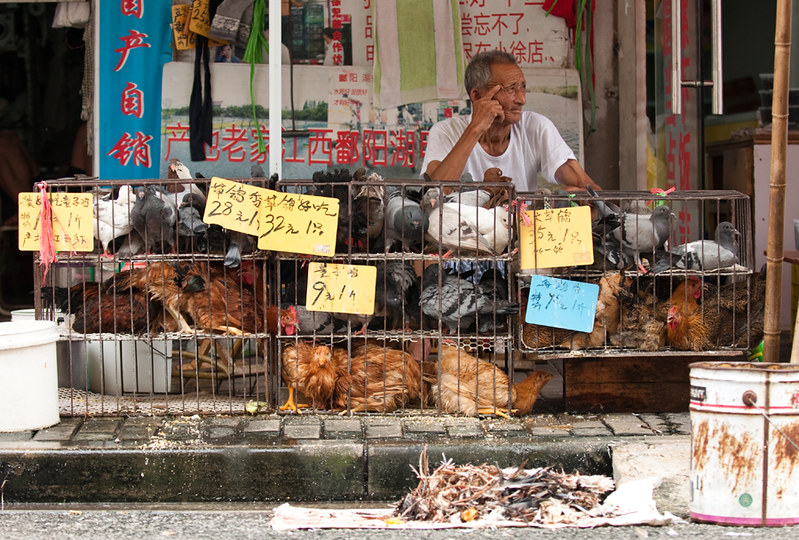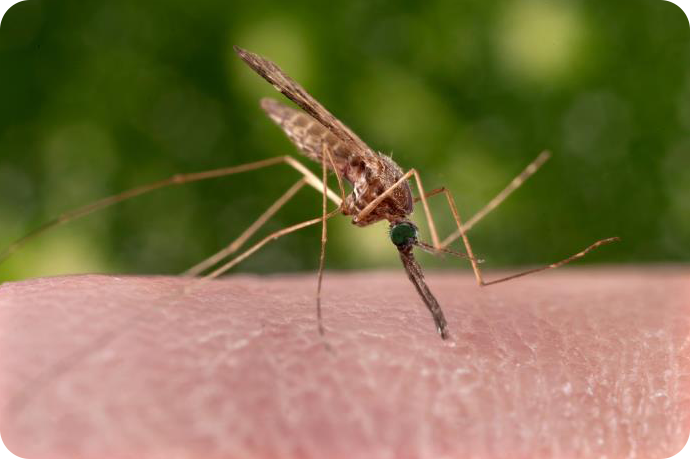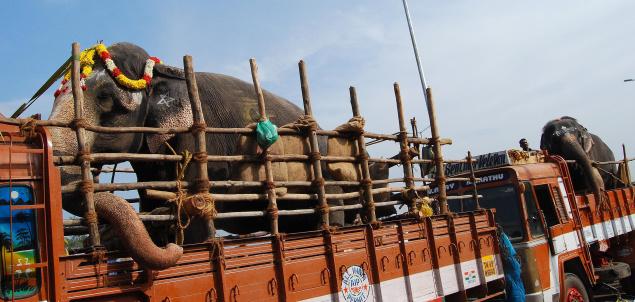The Covid-19 pandemic has introduced into our vocabulary a word that is increasingly being understood by the general public: zoonosis. It is a phenomenon where infections caused by bacteria, viruses or other parasites, are passed on from animals to humans. Most often, the animals are not affected by the pathogen and are merely acting as a host. It is the increased interaction and close proximity with humans that actually leads to the transmission. The best example we know of such a zoonotic disease is Malaria.
The spread of Covid-19 began from a wildlife market in Wuhan, China where a variety of wild animals including rare and threatened ones like pangolins were on display to be purchased, slaughtered and consumed. Like other zoonotic diseases, this virus could have transmitted from an animal to humans through direct physical contact, through air or water, or through an intermediate host insect. As we now know, the transmission was most certainly due to physical contact, although scientists are still trying to ascertain the exact host animal as there are numerous variants of the coronavirus present in a number of wild animals.
Also Read: 11 Threatened Plant Species from India
Zoonotic diseases have always been around though. One World Health Organisation (WHO) report shows that 61% of all current human diseases are zoonotic in origin and the report also adds that 75% of emerging human diseases are zoonotic. There are more and more headline grabbing diseases in the world today that are reaching epidemic or pandemic levels. From Ebola to bird flu and Middle east respiratory syndrome (MERS) to Zika virus, the pathogens have encroached the world, as humans have encroached wild spaces.
According to a UNEP report, in the last two decades, emerging diseases have cost the world more than $100 billion. If each of them turned into a pandemic, the loss would amount to trillions of dollars with every single infection.
The Covid-19 pandemic has forced many countries including India to go into a lockdown leading to severe economic downturn. But while we are busy flattening the curve and resolving the immediate fight, less attention is being given to the bigger war of near future – the ecological reasons that lead to the spread of such diseases. Why is there such a rise in zoonotic diseases? Where should we make changes to stop the emergence?

Here are the most important factors according to UNEP Frontiers 2016 Report and other experts working in the field:
Wildlife trade:
The HIV virus in humans spilled over from chimps from the consumption of bushmeat in Central Africa. The origin of Ebola virus too is due to the same reasons. Wildlife trade and the illegal trafficking is not just causing immense harm to ecosystems and threatening wildlife, it is also giving easy access for deadly microorganisms to come in contact with regions, and locations where they would have never existed. And the present pandemic is not the first time that illegal trade in wildlife has been recognised as a source of an easy-spreading infection. In 2002-2003 the severe acute respiratory syndrome (SARS) was shown to originate from Chinese wild markets, later spreading to 26 countries. Besides being one of the top reasons for pushing species to extinction, trade in wildlife is today the key reason why pathogens are reaching human population this easily.
Livestock production:
On average, one new infectious disease emerges in humans every four months. The origin of these diseases might be from wild animals, but bridging the gap is livestock. This is especially the case for intensively reared livestock, crammed into small spaces with genetic similarities, less diversity, and least resilience to fight off new pathogens. It has also been observed that animals breeding in stressed environments are more vulnerable to zoonoses. Most livestock are bred to gain weight and thus for the profits rather than disease resistance. Bird flu or avian influenza have originated this way. Others may follow suit.
Deforestation and other land-use changes:
Encroachment on natural ecosystem through resource exploitation like mining or cutting forests, agricultural activities, human settlements are some ways that we are constantly destroying the diversity of a region and providing new hosts to a pathogen. As David Quammen, author of Spillover: Animal Infections and the Next Pandemic writes, “We cut the trees; we kill the animals or cage them and send them to markets. We disrupt ecosystems, and we shake viruses loose from their natural hosts. When that happens, they need a new host. Often, we are it.”
Loss of Biodiversity:
Variety is the essence of life. It is also the secret behind nature’s sustenance. With each variation, the genetic code of a species is changed, correcting the flaws, and upgrading defenses. But as we loose biodiversity, we weaken the natural system that finds fixes to defend against pathogens making them more and more powerful. Viruses like the coronavirus are constantly evolving too, and can easily jump species. They are getting stronger even as humans themselves break the biodiversity shield.
Climate Change:
Climate plays an important role in the seasonal pattern or disposal of diseases. For example, warm and wet environments are excellent places for mosquitoes to breed. As the world gets warmer, this increases the presence of mosquitoes in northern latitudes and thus increase the spread of diseases like Malaria. While there is no direct correlation between climate change and zoonotic diseases, there is evidence that warmer climates makes disease spread easy.
Human Demography and behavior:
A disease first seen in a remote locale of China is now the cause for a global pandemic. The fact that we are more connected as human race through travel, tourism and business leads to easier spread of zoonotic diseases. Additionally, a locally known pathogen that may have been contained there, can remain dormant and easily spill over to new localities given the chance. With crammed urban spaces inhabiting people, alongside rodents, bats, birds and pets, there are endless opportunities for disease causing germs to move from species to species.
The links between human and ecosystem health are not as distant as they are believed to be. There may be threats in nature but the real damage is done by human activities which if not sustainable, will only raise the ravages of the unseen microbes.
Also Read: A Creative New Way to Save Endangered Species caught in Wildlife Trade
This article by Atula Gupta was originally published in Deccan Herald. Read it here.









